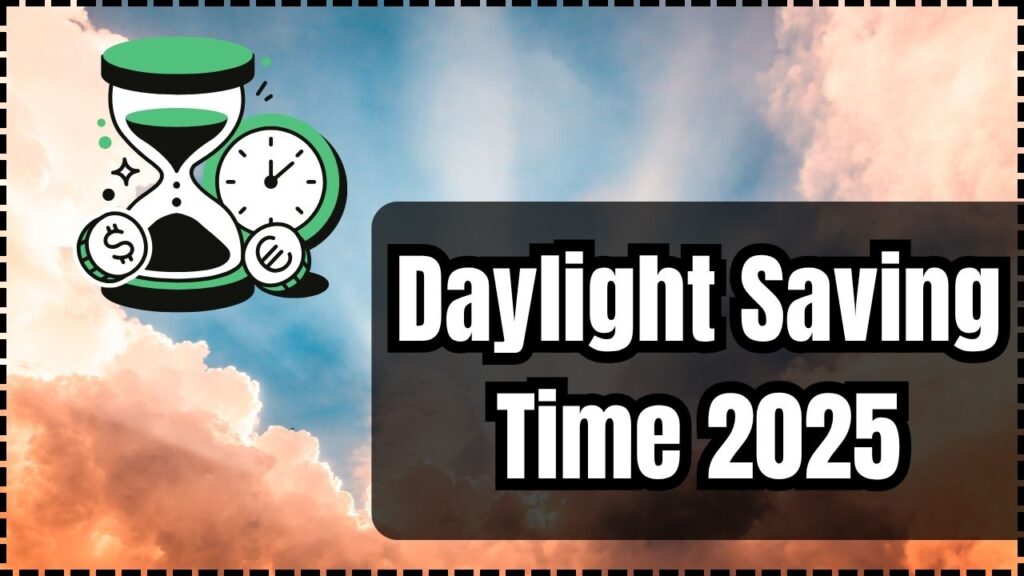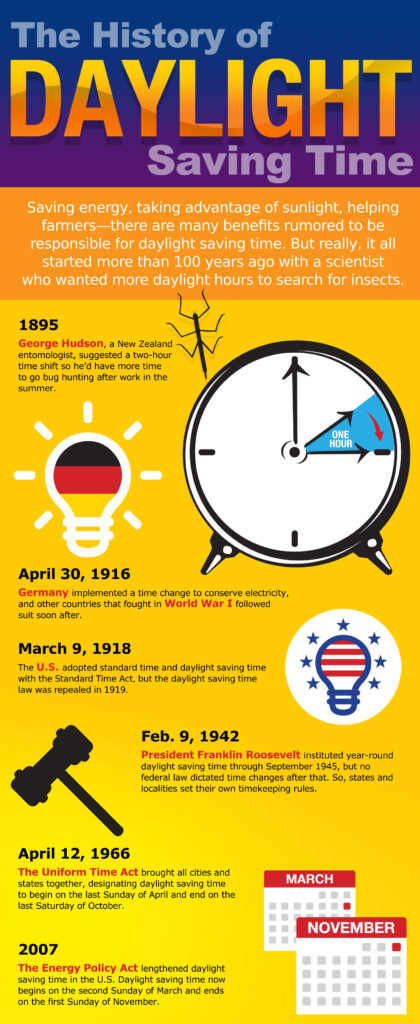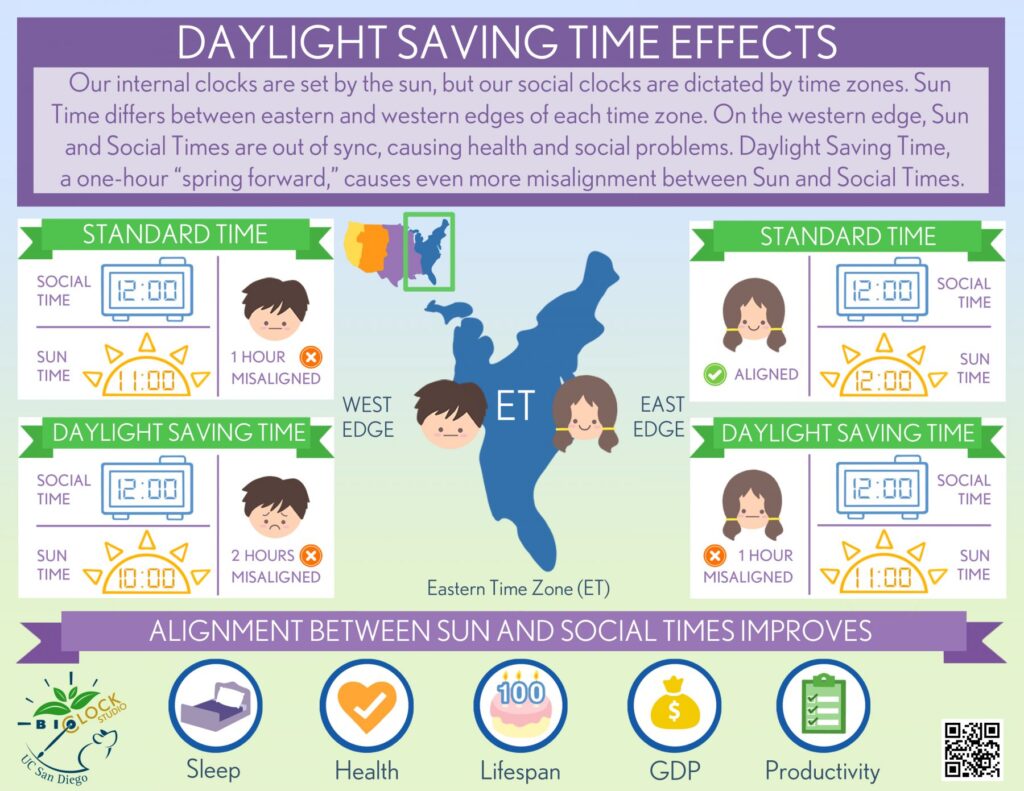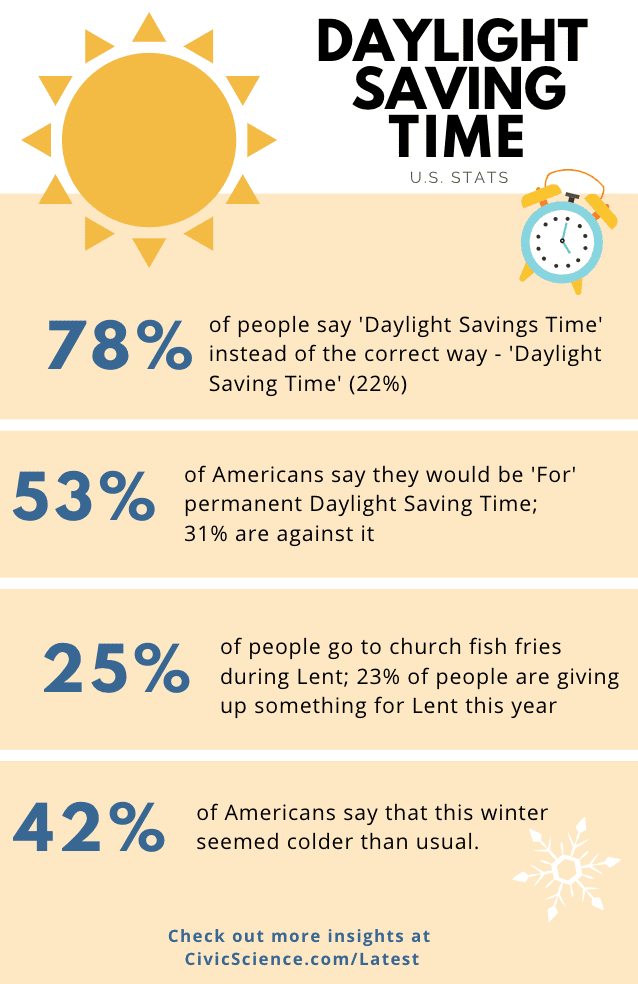Daylight Saving Time 2025: Daylight Saving Time (DST) 2025 is almost here, and with it comes the much-anticipated chance for Americans to fall back and enjoy an extra hour of sleep. This yearly clock change, set to take place on Sunday, November 2, 2025, at 2:00 AM, is more than just turning clocks back—it’s a complex tradition steeped in history, health effects, lifestyle changes, and even economic impacts. Whether you’re a busy professional, a parent managing family schedules, or simply curious about this time change, this detailed article offers a friendly yet expert breakdown of everything you need to know about DST 2025.
Table of Contents
Daylight Saving Time 2025
Daylight Saving Time 2025 is more than just turning back the clocks; it reflects a century-long experiment in adjusting human routines to natural light and societal needs. On November 2nd, enjoy your extra hour of sleep while remembering to ease into the change for your health and well-being. Whether you’re a seasoned pro or new to the concept, this shift is a chance to reset and prepare for the cozy, contemplative months ahead.

| Event | Date & Time | Details |
|---|---|---|
| DST Ends (Fall Back) | Sunday, November 2, 2025, at 2:00 AM | Clocks roll back 1 hour; gain an extra hour of sleep |
| DST Begins (Spring Forward) | Sunday, March 9, 2025, at 2:00 AM | Clocks jump ahead 1 hour; longer evenings begin |
| Observing Regions | Most U.S. states except Hawaii and most of Arizona | Check local observance rules |
| Original Purpose | Save energy, better use natural daylight, wartime fuel conservation | Evolved from wartime needs to modern lifestyle adjustments |
| Historical Start | Early 1900s; first formal German DST in 1916 | Popularized worldwide during both World Wars |
| Official Reference | timeanddate.com | For detailed, up-to-date time change info |
What Is Daylight Saving Time 2025 and When Does It End in 2025?
Daylight Saving Time is the practice of setting clocks forward by one hour in spring (“spring forward”) and setting them back by one hour in fall (“fall back”) to make better use of natural daylight during waking hours. This means in 2025, on Sunday, November 2 at 2:00 AM, clocks will be set back one hour. You’ll gain an extra hour of sleep that night—a little gift every early November.
This clock shift doesn’t just affect your watch; it changes the rhythm of daylight—with mornings growing lighter earlier and evenings darkening sooner—as winter approaches. The extra hour can feel like a mini-break, but the adjustment also impacts our biological clocks and lifestyle.
A Brief and Detailed History of Daylight Saving Time

DST has a rich history stretching back over a century, marked by experimentation and debate worldwide:
- The earliest trace of time adjustment for daylight use comes from ancient civilizations like the Romans and Egyptians who structured daily life around the sun’s position.
- The first formal DST trial occurred in Canada in 1908 when the town of Port Arthur (now Thunder Bay) set clocks forward an hour to extend daylight for farming and work.
- The biggest leap happened during World War I: Germany implemented DST in 1916 to save fuel during wartime by minimizing artificial light use. Following this, the United Kingdom, France, and other European countries adopted DST soon after.
- The U.S. followed in 1918 with the Standard Time Act, but political pushback, especially from farmers who disliked disrupted schedules, led Congress to repeal DST after the war, overriding President Woodrow Wilson’s veto.
- DST made a comeback during World War II with “War Time,” a year-round DST enforced to conserve energy. After 1945, states and localities had the autonomy to choose whether or not to observe DST, resulting in a confusing patchwork of different schedules until the Uniform Time Act of 1966 standardized DST across most of the U.S.
- Adjustments continued through the decades, including an extended DST period starting in 2007 due to the Energy Policy Act of 2005, which aimed again to save energy and increase daylight for commerce and leisure.
Despite its ups and downs, DST remains a fixture in many countries, embraced by some and rejected by others.
How Does the Clock Change Affect You?
While gaining an extra hour of sleep might sound like a dream come true, the time change often affects our bodies and routines in subtle but important ways:
- Disrupted Sleep Cycles: Your circadian rhythm—your internal body clock—can be thrown off, leading to feelings of grogginess, mood fluctuations, or difficulty falling asleep in the days after the change.
- Mood and Productivity: Studies link the clock change to short-term increases in heart attacks, strokes, and even accidents, primarily due to sleep deprivation and misaligned biological rhythms.
- Lighting Changes: With sunrise occurring earlier and sunset happening sooner, you experience more daylight in the morning but darker evenings, which impacts outdoor activities, social plans, and safety.
- Psychological Effects: The darker, earlier evenings can contribute to feelings of seasonal sadness or lethargy in some people, signaling the upcoming winter months.
Being aware of these changes can help you prepare mentally and physically to shift comfortably into the new schedule.

Expert Tips for a Smooth Adjustment
Making the transition as painless as possible is key, especially if you want to keep performing your best at work or school:
- Gradually Adjust Bedtime: Start going to sleep 15-20 minutes earlier a few nights before the change to help your body adapt.
- Limit Evening Screen Time: Blue light suppresses melatonin, the sleep hormone, so avoiding phones, tablets, and TVs an hour before bed helps.
- Avoid Late-Day Caffeine and Heavy Meals: These can hinder your ability to fall asleep at the new, earlier time.
- Get Morning Sunlight: Morning exposure to natural light helps reset your internal clock and boosts mood.
- Use Relaxation Techniques: Deep breathing, meditation, or light stretching before bed can promote restful sleep.
Helping Kids Adjust to the Time Change
Children’s sleep patterns can be particularly sensitive to disruptions, so parents need to take extra care:
- Shift Bedtime Slowly: Move their bedtime earlier in 10-15 minute increments 3-4 days ahead of the shift.
- Keep Consistent Routines: Bedtime rituals like storytime, dim lighting, and calming activities signal to kids that it’s time to wind down.
- Manage Expectations: Explain the change in simple terms and plan quiet, relaxing activities for the extra hour gained.
- Watch for Behavior Changes: Moodiness or tiredness is common; patience and extra comfort help ease the transition.

Environmental and Economic Impact of DST
Though DST’s original goal was energy conservation, its modern impact is complex and debated:
- Energy Savings: Some studies show modest reductions in electricity consumption as people use less artificial lighting in the evening, but heating and cooling needs also factor in.
- Encouragement of Outdoor Activity: Longer daylight hours encourage walking, biking, and community engagement, which positively affects both health and energy use.
- Economic Boosts: Retailers, restaurants, and sports venues see increased traffic during extended daylight hours, benefiting local economies and employment.
DST’s economic and environmental aspects are a mixed bag but remain relevant in today’s discussions about energy policy.
Daylight Saving Time Around the Globe
DST practices vary widely around the world:
- United States & Canada: Most regions observe DST starting on the second Sunday in March and ending on the first Sunday in November.
- Europe: DST starts on the last Sunday in March and ends on the last Sunday of October. The European Union has debated ending DST altogether, but the practice continues for now.
- Australia & New Zealand: DST runs opposite the U.S. due to seasons being reversed in the Southern Hemisphere—typically from October to April.
- Countries Not Observing DST: Large parts of Asia, Africa, and some U.S. states (like Hawaii and most of Arizona) abstain from changing clocks because of geographical and lifestyle reasons.
Travelers should always check local DST observance to avoid confusion during trips.
















